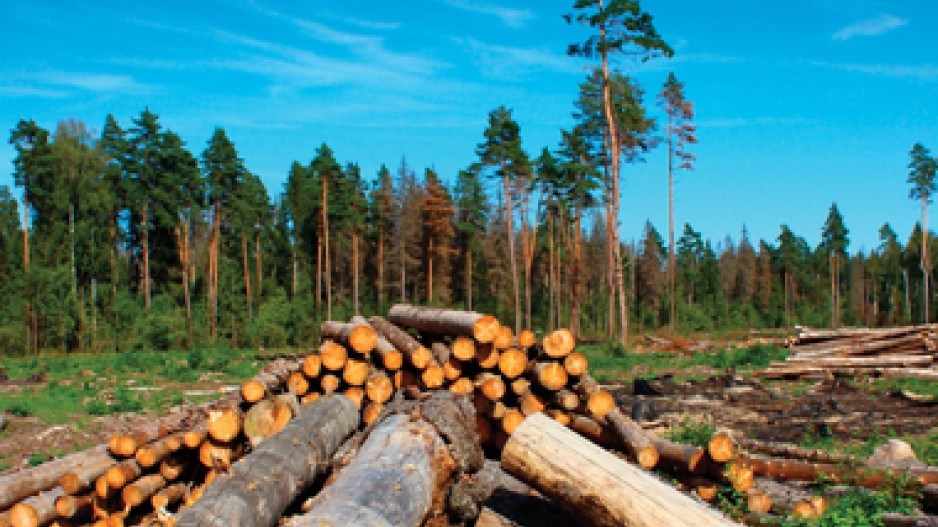When forestry analyst Russ Taylor looks to the future, he sees a whole lot of missing lumber.
"We think by about 2020, there'll be a 10 billion board-foot gap," said Taylor at the annual Global Softwood Log and Lumber Conference in Vancouver last week.
Taylor, president of consulting firm Wood Markets Group, is forecasting a severe timber supply crunch across the globe in the near future. For an industry that has experienced modest highs and the lowest lows within the past decade, it means continued lumber price volatility.
Taylor identified factors in both supply and demand that he expects to contribute to the cycle.
In Canada, timber supply in B.C. has been permanently changed by the mountain pine beetle epidemic. The Quebec government's decision to reduce the annual allowable cut in 2004 has resulted in a 35% lower annual allowable cut (AAC) today. Policies introduced in Ontario in the early 2000s have also reduced the amount of Crown land available for harvesting.
Europe has efficient sawmills, but finding enough wood is difficult and very high log prices make it hard to make a profit. The continuing economic crisis there has also stalled growth for the industry.
"For instance, if a farmer doesn't need the money [to harvest a privately owned forest], it's better to leave the forest growing, rather than take the risk of putting the money and put it in the bank account and take the risk that the bank will go bust," explained Sampsa Auvinen, CEO of Sweden-based Norvik Timber Industries.
In Russia, a log export tax introduced in 2006 combined with the global financial crisis caused log exports to drop by 50%. Government corruption, unclear rules and lack of infrastructure in that country have caused foreign companies to flee.
"The annual allowable cut [in Russia] is often described as being up to 550-600 million board feet a year," said Wood Markets vice-president Gerry Van Leeuwen, noting that the actual AAC in 2011 was just over 100 million board feet.
By 2016, Taylor said forestry companies could expect a "storm" of demand, because the U.S. housing market will likely have rebounded fully and strong growth from China will continue.
With a fragile supply chain, the U.S. will no longer be able to rely on Canada, said Taylor.
"[Canadian] sawmill operating rates went from 95% to 50% [after the global financial crisis] and now they're coming back with a much smaller industry because of curtailments," he said.
While the U.S. south in particular has promising wood volumes, Taylor said he was skeptical that the U.S. could ramp up their industry quickly enough to meet domestic demand.
"We can find enough wood [in our projections] to balance out the U.S. market until about 2017, but it's tough," said Taylor.




